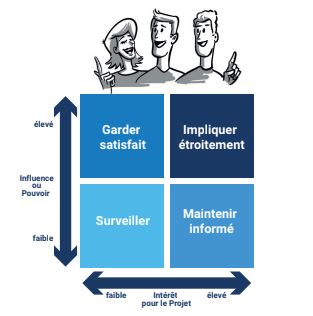
Teams are obliged to simultaneously manage their operating environment, their stakeholders, potential threats, and their own flaws and vulnerabilities. Risk assessment must take into account the probability of occurrence and the potential repercussions. From there, a preventive strategy can be developed. Experienced teams always keep an eye on stakeholders and risks, and this dual monitoring is essential to the success of any collective operation.
